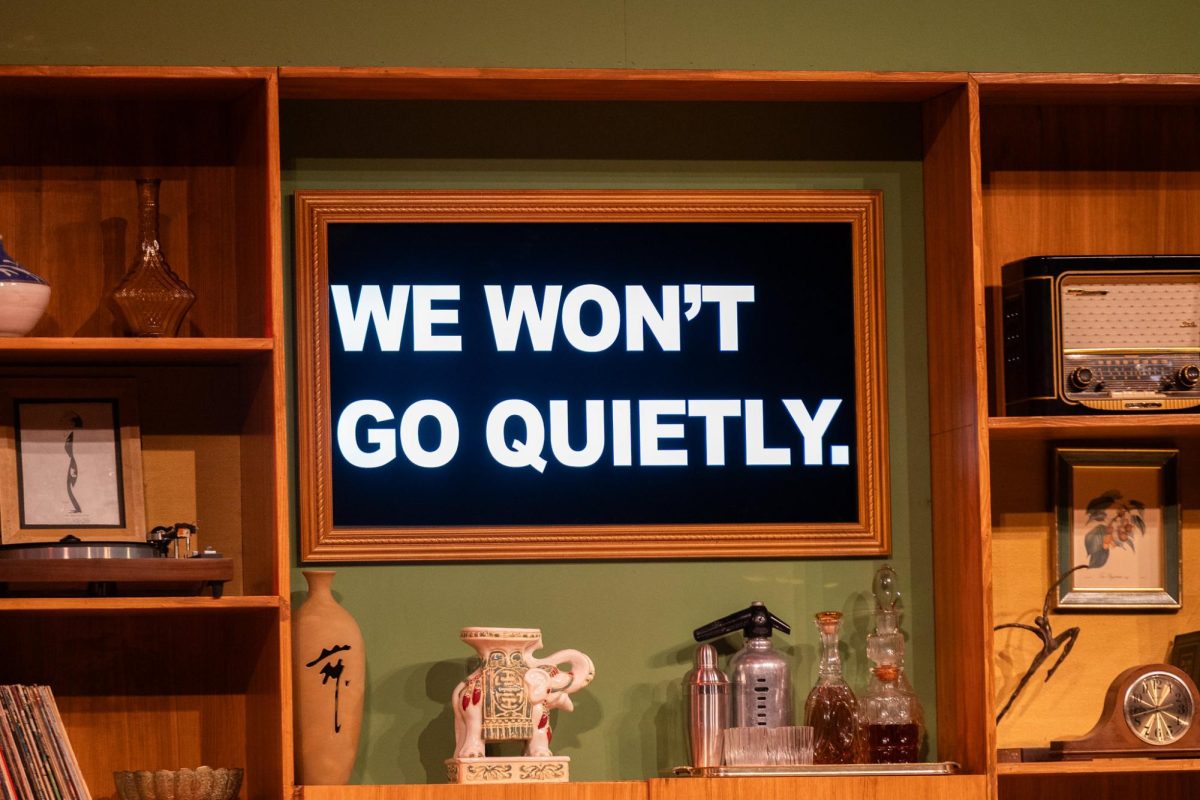Ridden with controversy, the new Melissa McCarthy film “The Happytime Murders” takes “The Muppets” to a whole new level. Director Brian Henson is the son of the late creator of “The Muppets” Jim Henson. He takes the once family-friendly puppet characters and turns them upside down, creating this explicit and raunchy r-rated version.
The movie “The Happytime Murders” centers around puppet detective Phil Phillips rejoining the LAPD as a consultant to investigate a series of puppet murders alongside his partner Connie Edwards, played by Melissa McCarthy. Together, they race to protect other puppets from being harmed as they work toward catching the killer.
Of course, creating a movie with half the cast as animated puppets is no small feat. Stargate Studios, a multi-national post production company, took on this project and handled all the visual effects for the film. From making sure the puppeteers were hidden into the background through green screen, 3D set extensions and bullet tracking, to digitally making the puppets eyebrows furrow, Stargate Studios did it all. I had the opportunity to sit down with their 20-year-old motion capture operator, Blake Bowen. We discussed his job, the process of motion capture, and what it was like being on set.
Q. Can you tell me what motion capture is and what a motion caption operator does?
“There are two kinds of motion capture: Optical motion capture and inertial motion capture. Optical uses a suit that has these little balls rigged all over, it which is kinda the general idea of motion capture, and cameras read the balls and transition them into movement. Inertial motion capture is what we used on Happytime and it is sensors placed on certain parts of the body that use gyroscopes, accelerometers and some other IMU’s [Inertial Measurement Unit] that record data that transitions into a software program, that reads all of the data. So instead of using cameras, you can put clothes over your actors and you can hide the censors in puppets and that way you can keep recording and the sensors are hidden, so you can keep capturing your data.”
Q. How long did it take to complete the visual effects work for “The Happytime Murders?”
“Well we did some of the motion capture on set, but after we had finished our wrap on principal photography, we had a designated motion capture shoot that was a two-day shoot. There were two twelve-hour days that we spent all day doing motion capture with Bill Barretta, who played detective Phil Phillips, he was our motion capture artist. He performed all of the movements for any of the characters outside of Phil that we needed mocap for. Our artists, over at Stargate, took the data that they recorded from Bill and put it into different puppet riggs.”
Q. What is the most fun or the most interesting part of your job?
“The most fun part for me, was this was my first movie. I was the youngest guy on set and just being on set, being in that kind of environment with people that had worked on some of my favorite movies, these big, major motion features that were coming out and hadn’t been released yet and getting to hear them talk about their stories and learn from them. Being on set with Bill Barretta and Melissa McCarthy. It was a lot of fun working with Leslie David Baker, who played Detective Banning. Being able to watch Brian Henson work and being able to soak in as much as I could in the three months we spent shooting was definitely a lifelong, memorable experience.”
Q. What was it like working with such a star Studded cast, such as Melissa McCarthy, Elizabeth Banks and many more?
It was very fun! Obviously working with Melissa and Elizabeth and Leslie [David Baker], kinda the big names, Maya [Rudolph,] that were on the film was very fun. All of them were very genuine and they created a very funny atmosphere on set. Watching them work, and seeing true comedians do what they do was very fun, but even working with some of the smaller names and the puppeteers, people like Bill [Barretta] and Dorian [Davies], who played sandra, and then getting to work with one of my favorite actors of all time, John Tartaglia, was very fun so from the big “star studded names” down to the smaller cast members it was a really fantastic cast and crew.”
Q. Last but not least, can you tell us a favorite story that you have from set?
Yeah! When we were filming the sex scene between Sandra and Phil–it all happened in Phils office–which, on set was a very small set piece, so for lack of a better term an intimate set scene. One of the puppeteers, Kevin Clash, who actually played Elmo in “Sesame Street”, and was the voice of Lyle in “Happytime”, had a very tough time keeping quiet enough for us to shoot the scene. I mean, he was just busting out in laughter and everyone on the set was. It was one of the funniest things that I have ever witnessed, it was hysterical.”



































